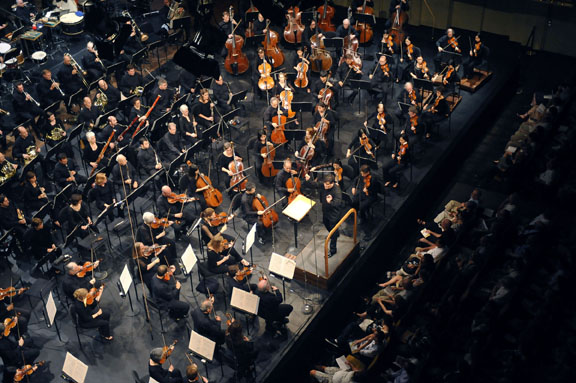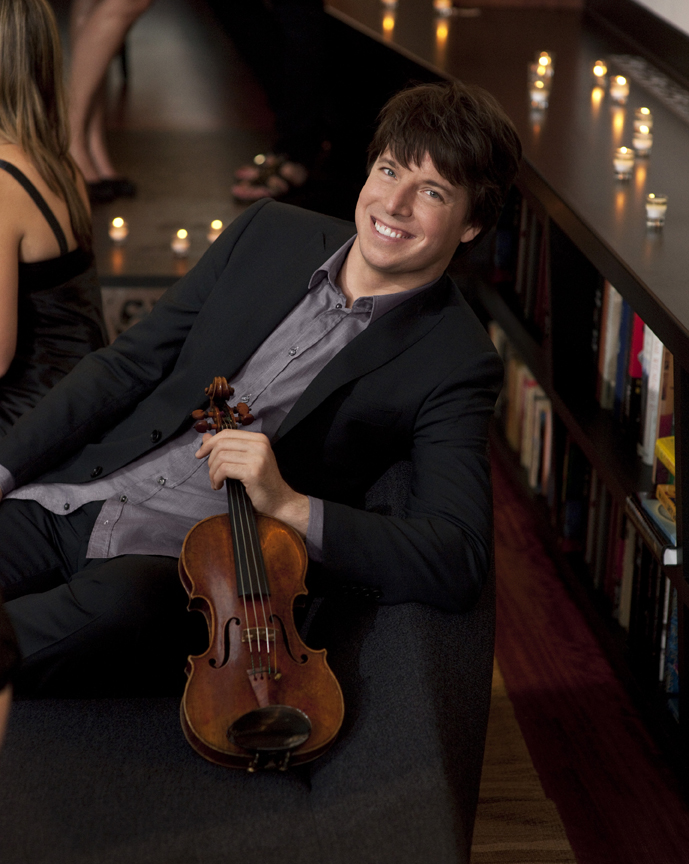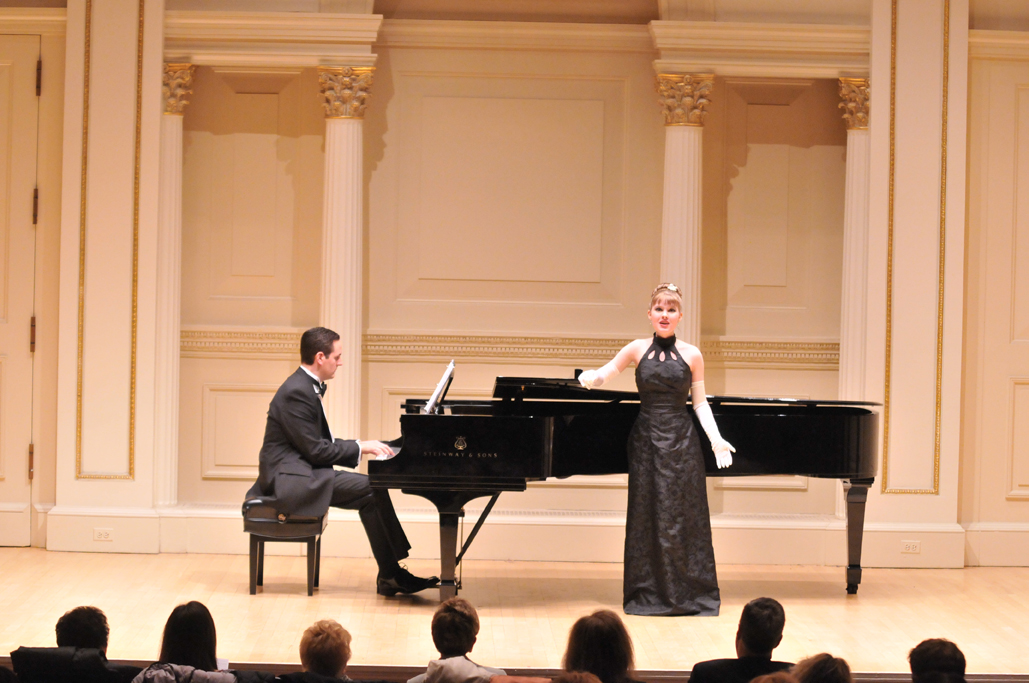
The American Fine Arts Festival is certainly an ambitious organization, embracing singers, string players, and pianists of a large age range (from six and up) in its various competitions, courses, and concerts, including their recent “Fall Gala Concert and Golden Voices of America,” to which New York Concert Review was invited. Directed to their website (www.afafestival.org), I was overwhelmed just trying to assimilate their long list of winners in multiple categories within each contest, but the concert program introduced still more players as guest soloists and ensembles, added to the twenty-four performing winners! There would not be room to detail the performances of each participant, and as one would expect, there were varying levels of development, but that point becomes moot, as we were asked to review primarily pianist Victor Maslov.
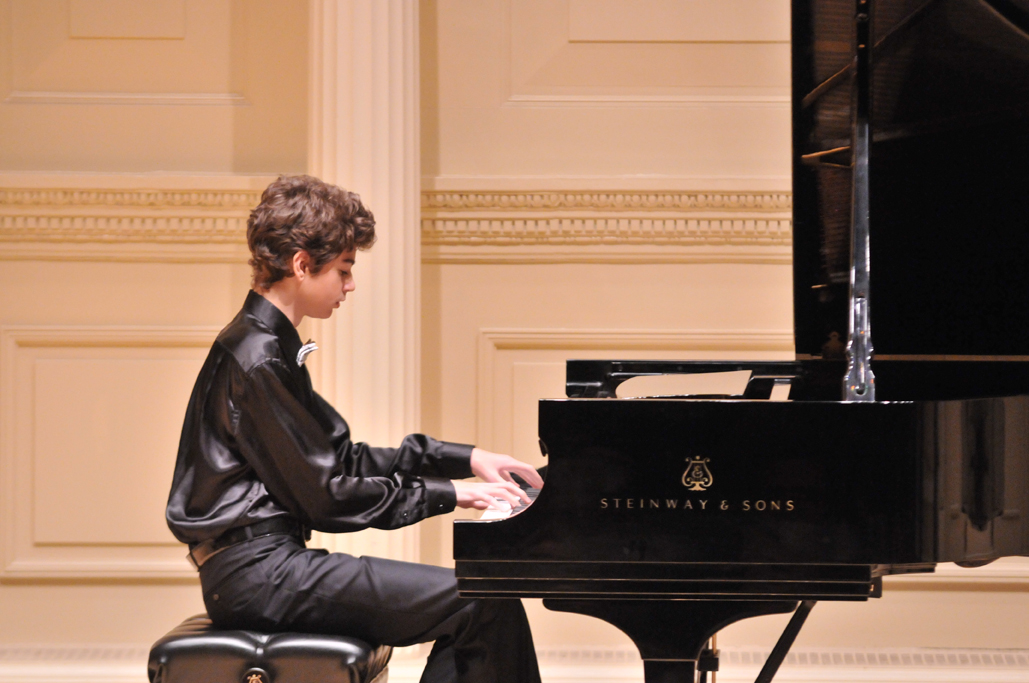
Victor Maslov (b. 1997) is a pianist of significant accomplishment for one his age, and he shows tremendous potential for a strong future in music. Tchaikovsky’s “Dumka” (Op. 59) was given a sensitive, if understated, performance. In the middle of an afternoon that stressed the dramatic, through costumes and projection of operatic characters, it was refreshing to hear this young player let the music speak for itself, with little physical motion or hyperbole. In a change of the printed program’s order, he followed with Schumann’s Abegg Variations, Op. 1. Here, haste seemed to cause some blurring, and one lost some of the work’s wonderful details, but it had excitement and held together nonetheless.
After intermission, Maslov played the Schumann-Liszt transcription, “Widmung” in a performance that showed a good balance between the pure vocal line and all the arpeggiation. For me it was again a bit fast, with some ensuing inaccuracies including some not firmly grasped rolled chords, but this happens even to the most experienced pianists. Following it was Liszt’s Tarantella, which had some astonishingly brilliant parts. I have every confidence that, with patience, this young pianist will make his mark.
Speaking of patience, one wanted a bit more of that quality throughout the afternoon, both in the tempi chosen and in the choice of repertoire (perhaps an issue to take up with the teachers). A number of these young players played and sang works that take a lifetime to mature and to be polished, but I personally would prefer to hear a simple miniature performed with finesse rather than attempts to interpret works beyond a child’s present physical and emotional reach. Mr. Maslov was one who came close to all-around mastery of his repertoire.
Some highlights of other performers included a highly expressive rendition by Latvian singer Oksana Lepska (b. 1995), of Andrew Lloyd Webber’s “I Don’t Know How to Love Him,” and Madison McIntosh’s “Deh, Vieni, Non tardar” from “Le Nozze di Figaro” of Mozart. Also quite good were Prokoviev’s “Harp” Prelude, Op. 12, No. 7, played by Connie Jiang (b. 2000), and an enjoyable “Duetto Buffo di Due Gatti” (attributed to Rossini) sung by the “Lucky Ten” Girls Ensemble from Massachusetts.
Some spirited ensemble singing closed both halves, but the obvious humorous intent was somewhat thwarted by the audience’s lack of a printed translation from the Russian (or an explanation). The audience, presumably including many of the performers’ family members, appeared to enjoy it all the same.

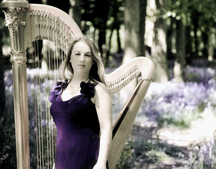
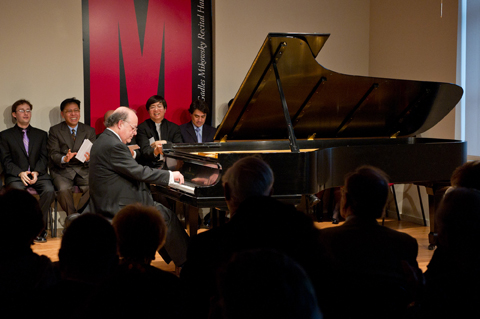
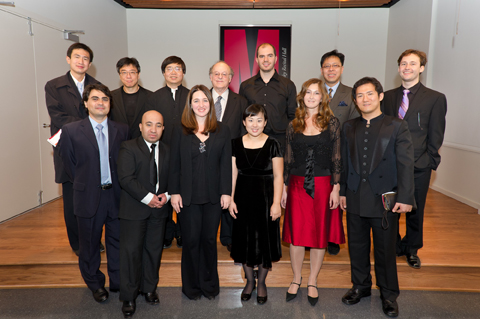
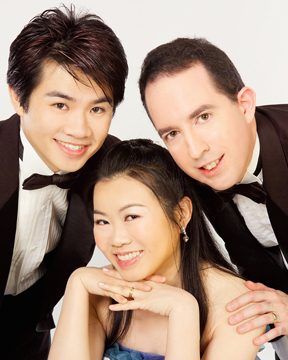
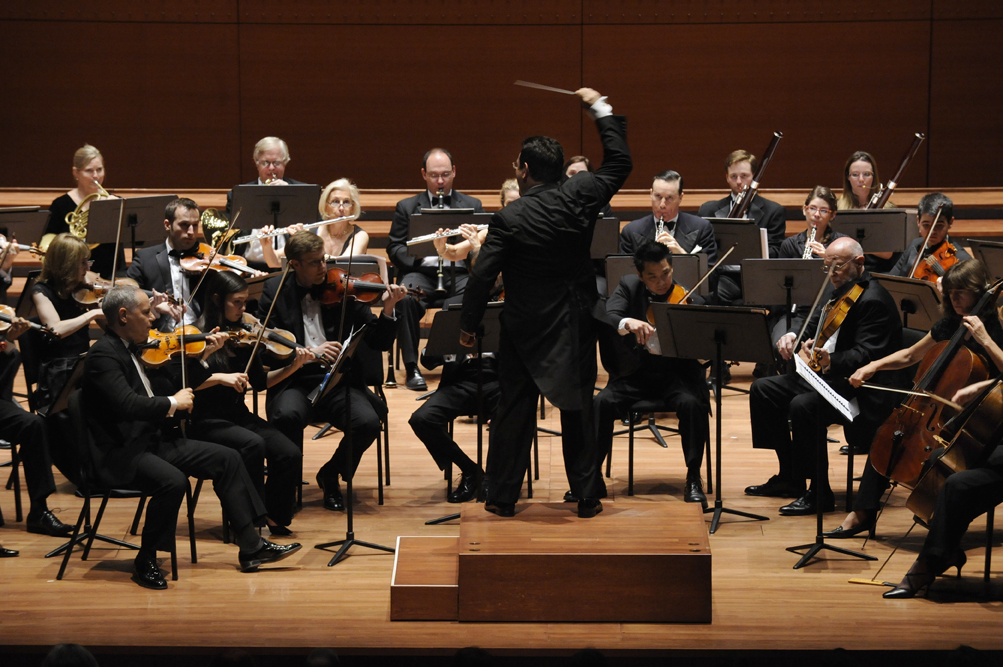
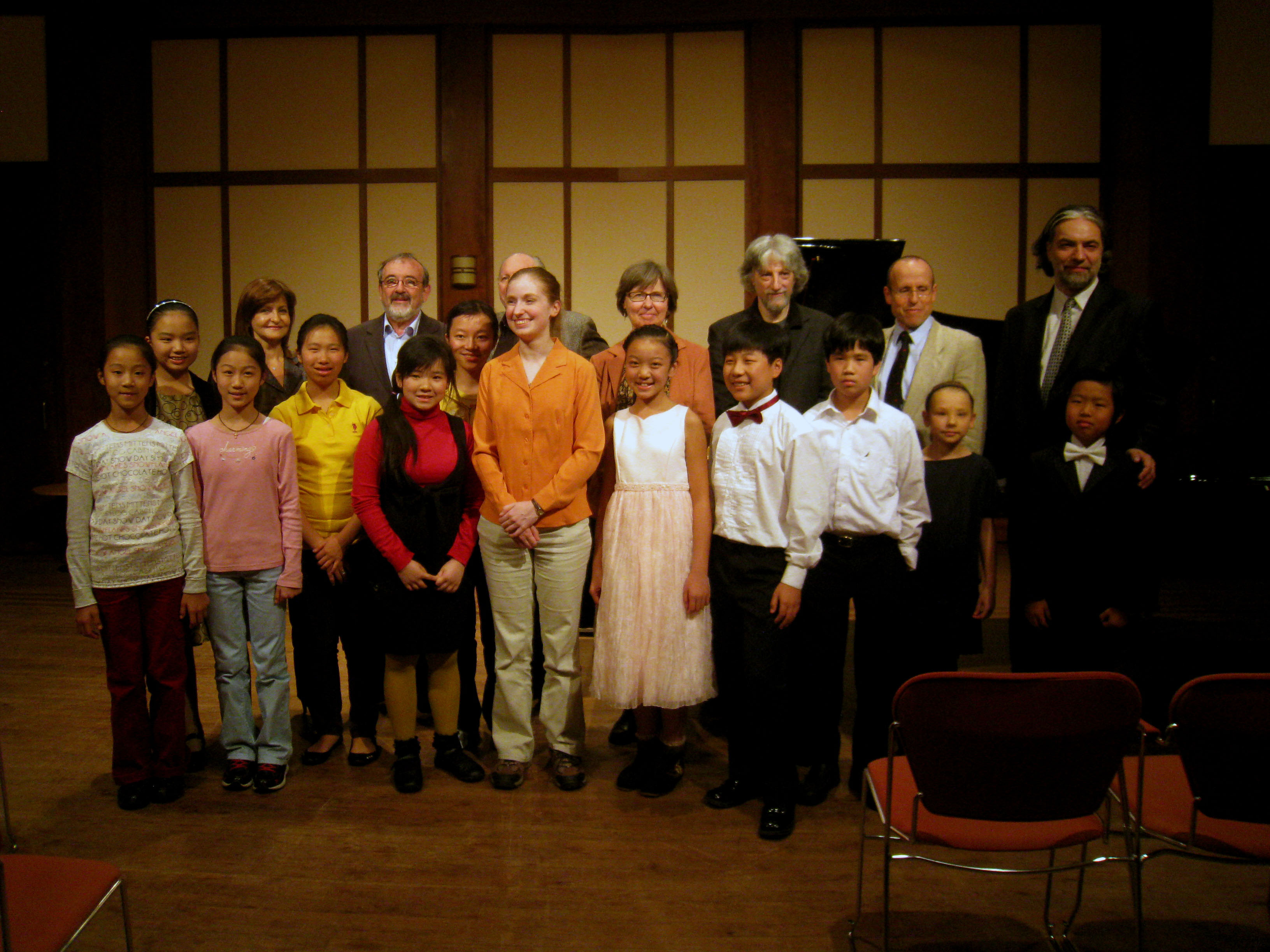
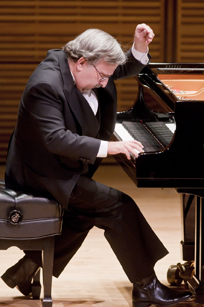
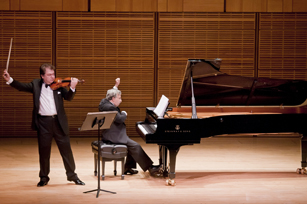
![fourtissimo4[1]](https://nyconcertreview.com/blog/wp-content/uploads/2010/10/fourtissimo41.jpg)
